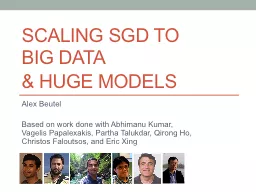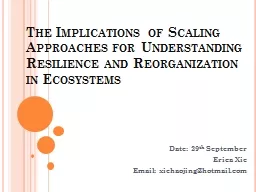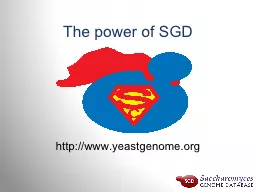PPT-SCALING SGD to
Author : natalia-silvester | Published Date : 2016-07-21
Big dATA amp Huge Models Alex Beutel Based on work done with Abhimanu Kumar Vagelis Papalexakis Partha Talukdar Qirong Ho Christos Faloutsos and Eric
Presentation Embed Code
Download Presentation
Download Presentation The PPT/PDF document "SCALING SGD to" is the property of its rightful owner. Permission is granted to download and print the materials on this website for personal, non-commercial use only, and to display it on your personal computer provided you do not modify the materials and that you retain all copyright notices contained in the materials. By downloading content from our website, you accept the terms of this agreement.
SCALING SGD to: Transcript
Download Rules Of Document
"SCALING SGD to"The content belongs to its owner. You may download and print it for personal use, without modification, and keep all copyright notices. By downloading, you agree to these terms.
Related Documents














